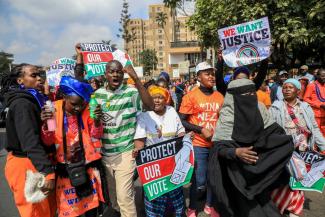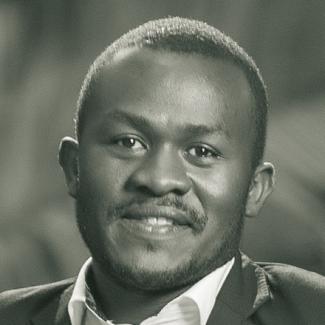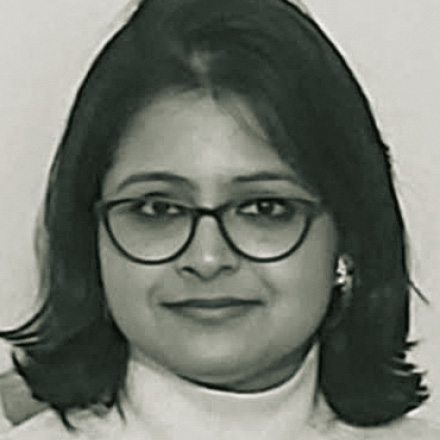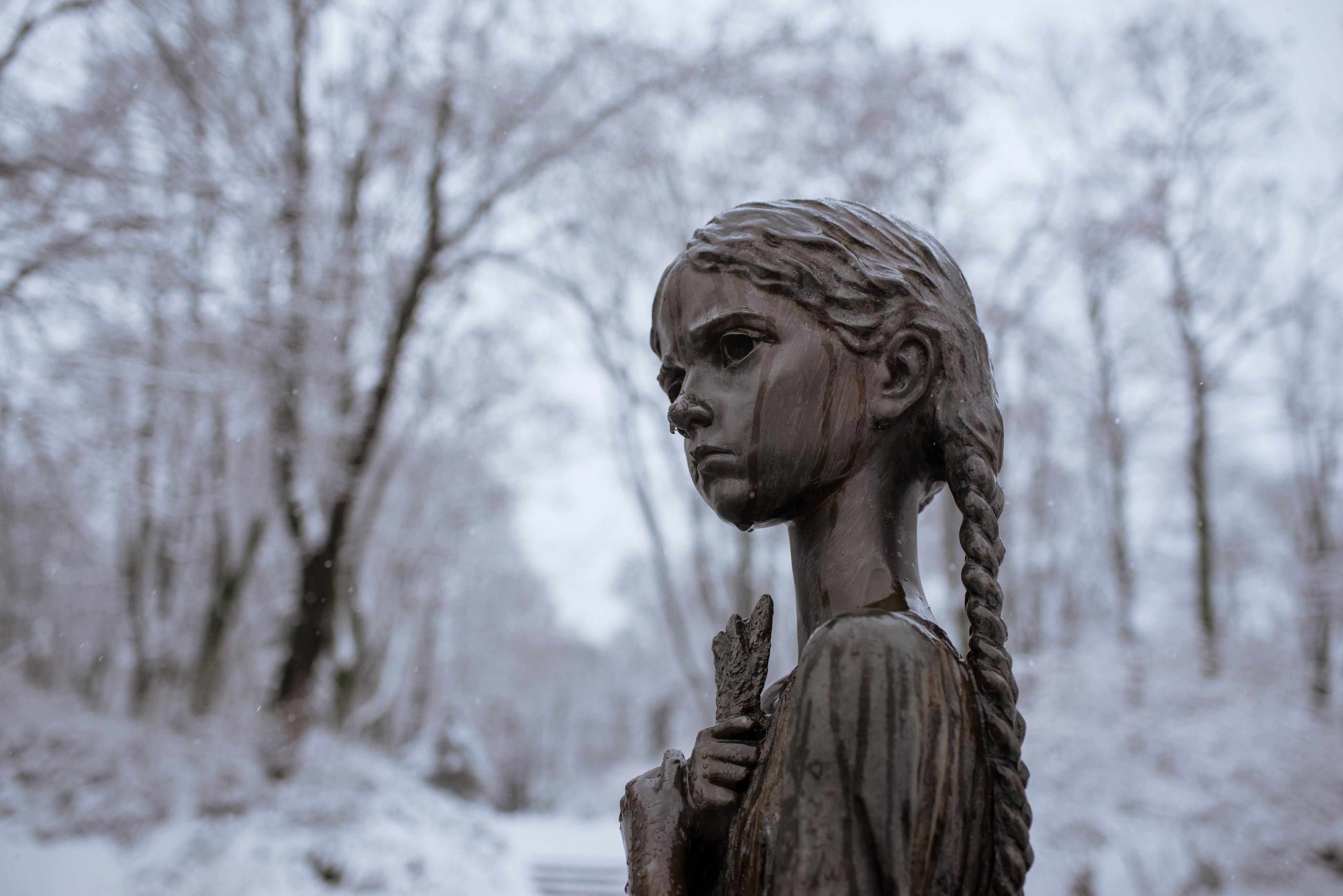Democracy
Elections in Kenya disputed once again

The election saw two frontrunners: feisty deputy president William Ruto of the United Democratic Alliance party and long-time opposition leader and former prime minister Raila Odinga, who ran for a coalition of several parties. It was 77-year-old Odinga’s fifth attempt to become president.
The current president, Uhuru Kenyatta, had served two five-year terms and was not eligible for a third term. Kenyatta had chosen Odinga as his successor, claiming that Ruto was unfit for office and even calling him “a thief”. Also on the ballot were two other candidates: the lawyer George Wajackoyah, who advocated for marijuana legalisation (see Ciku Kimani-Mwaniki on www.dandc.eu), and the lawyer and Christian preacher David Mwaure Waihiga.
Economic crisis
In his election campaign, Ruto focused on the country’s struggling economy. He promised better lives for millions of poor Kenyans, who are battling unemployment as well as high food and fuel prices. At the same time, he suggested Odinga would continue implementing president Kenyatta’s policies that had ruined the economy.
Moreover, Ruto’s campaign labelled Odinga and Kenyatta as descendants of “dynasties”, keen on staying in power to continue fleecing the public coffers for private profit. They are the sons of Kenya’s first president Jomo Kenyatta and first vice president Jaramogi Oginga Odinga.
Despite being sitting deputy president, Ruto cleverly positioned himself as an outsider, who is alienated from power – a victim of the dynasties, the establishment and the conspiratorial political elite. He claimed most of the achievements of the administration, but weaved a narrative that absolved him of the failures.
The Odinga campaign, on the other hand, emphasised a pro-reform history of Odinga and his running mate Martha Karua. It counted on the support of president Kenyatta and the establishment.
Razor-thin majority
When Kenyans went to the polls on 9 August, only just over 14 million of the country’s 22.1 million registered voters showed up to vote. After the count, the electoral commission declared Ruto the winner with a razor-thin margin of 50.5 % versus Odinga’s 48.8 %.
It appears the majority of voters wanted to escape the suffering which the Kenyatta maladministration had caused. They voted for Ruto, who met the 50 %-plus-one-vote threshold required to be declared president-elect.
Throughout the process, the chairman of the electoral commission had made public the results from all polling stations across the country. Anyone with an internet connection could download and tally the results. It was an unprecedented mark of transparency. However, four members of the electoral commission refused to back the results, claiming the tallying process had been “opaque”. The electoral commission consists of six commissioners and the chairman.
Odinga rejected the results as well, calling them “a travesty”. He lauded the four commissioners for speaking out and accused the commission chairman of messing up the poll. The chairman in turn accused the four commissioners of pushing to fiddle with the numbers.
Supreme Court decides
Odinga’s team vowed to present evidence of electoral fraud before the Supreme Court, where he is challenging the results. It is the third time that Odinga has appealed to the Supreme Court after losing presidential elections. He lost his case in 2013, but won in 2017 when the court nullified the election (see my contribution on www.dandc.eu).
The three past presidential elections in Kenya have all resulted in prolonged disputes, challenging the stability of the political system. In 2007, at least 1,100 people died when violence erupted after the elections. This time, supporters of both Ruto and Odinga took to the streets – Ruto’s supporters celebrated the win, while Odinga’s supporters protested against the results. However, the protests remained largely peaceful. Many Kenyans hope the situation will remain calm once the Supreme Court has pronounced its judgement.
Alphonce Shiundu is a journalist and fact checker based in Nairobi.
shiunduonline@gmail.com














